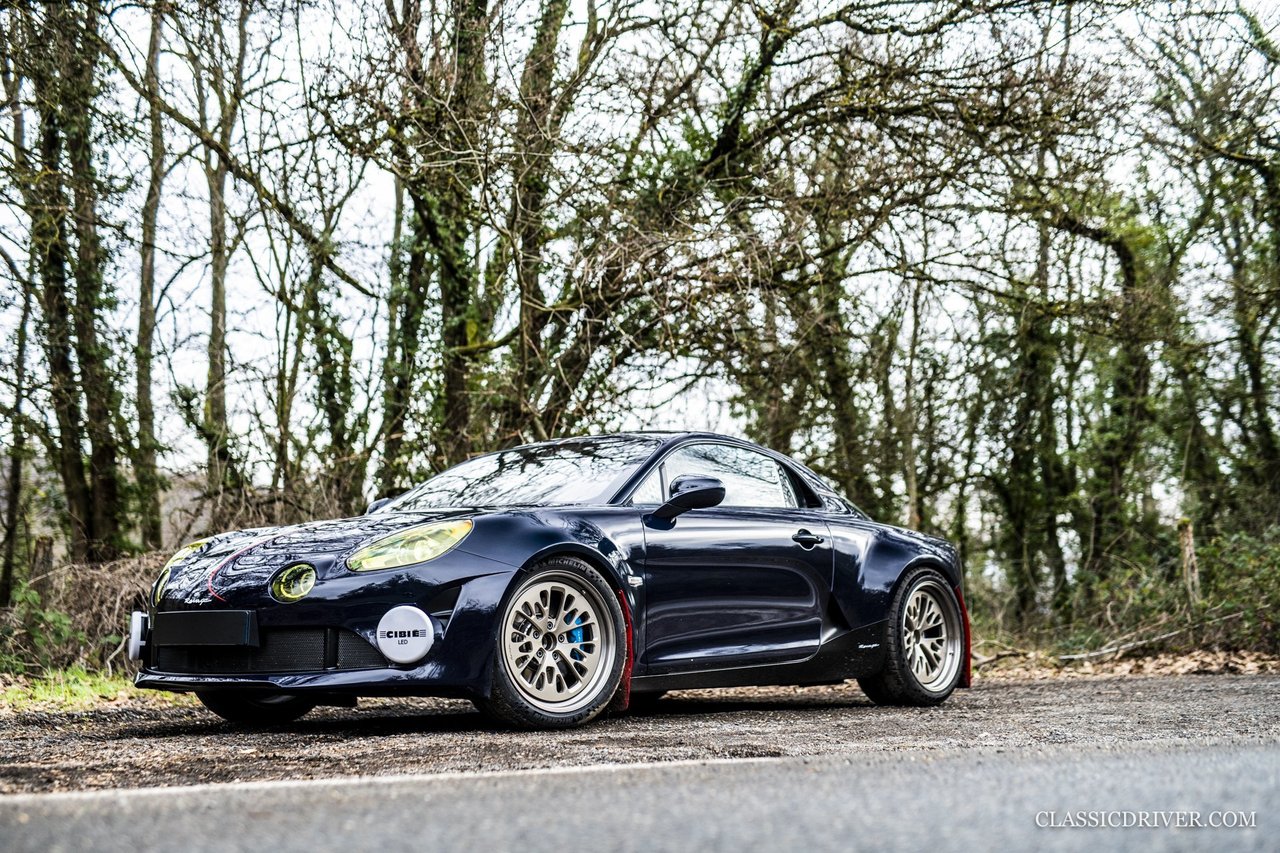

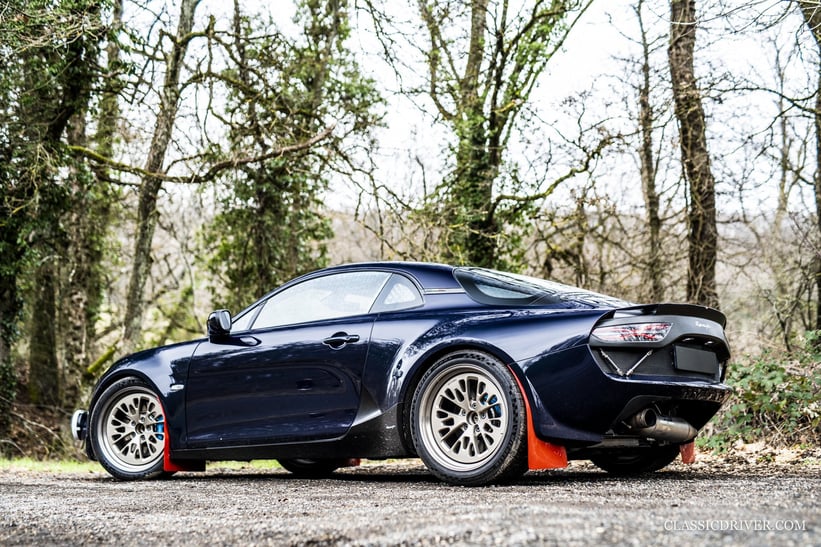
The tight-knit, passionate trio behind the brand-new Alpine Ravage has taken an extremely rigorous approach to designing and building their car. That’s not surprising when you consider the pedigree of the two people behind the ‘Ravagés’ team, who’ve both worked for major car manufacturers, as a senior designer and prototype engineer respectively. The third member of the trio is actually their first client and partner – a French enthusiast who enjoys driving offbeat cars and has been involved in this bespoke Alpine A110.
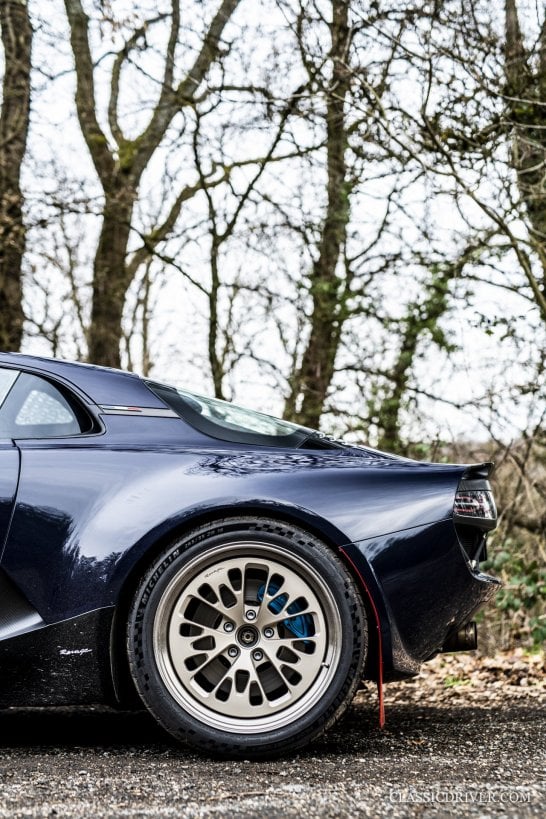
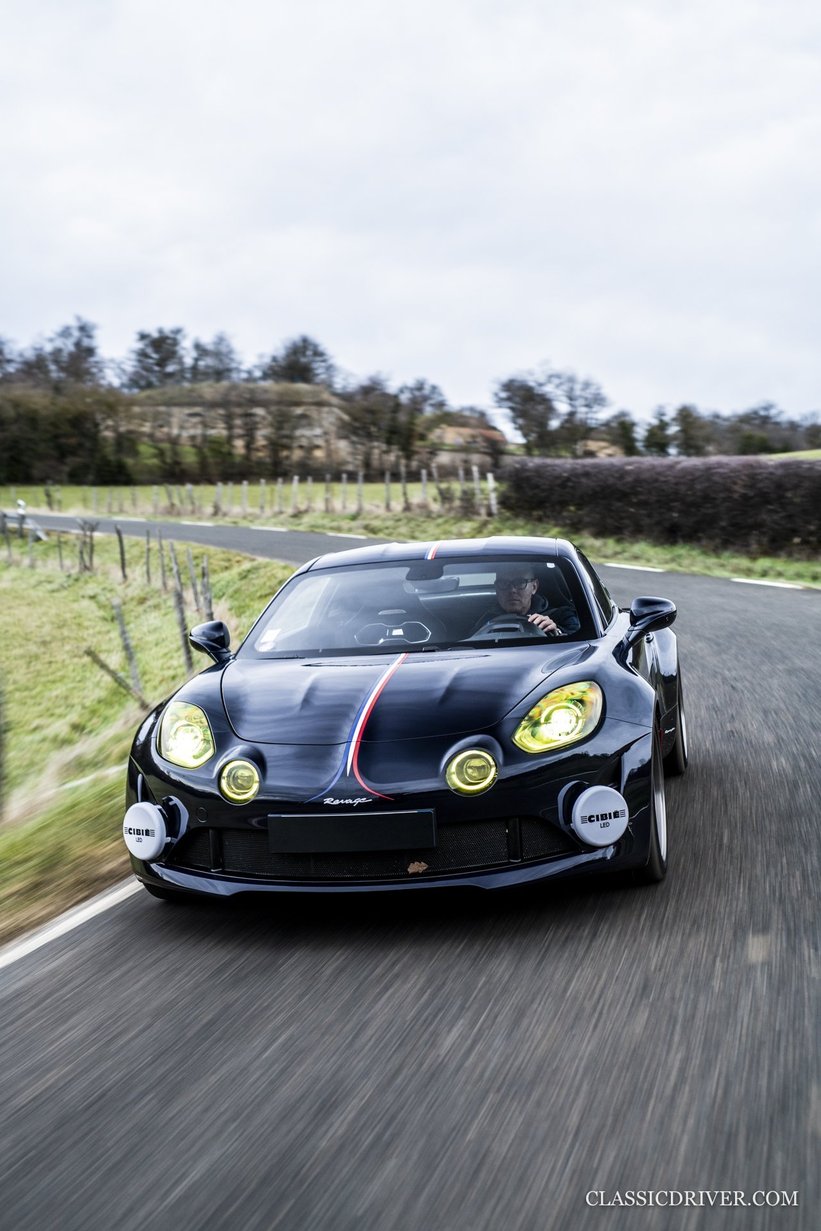
When the new A110 came out, it was very quickly acclaimed for its design, light weight and handling prowess – much like the original A110, which underwent numerous evolutions up to the A110 Group 4 that won the inaugural season of the World Rally Championship in 1973. From then on, many ‘Alpinistes’ have transformed their cars into Group 4 replicas: first to race, but later purely for the looks. This was particularly true for the A310 – to the point where Renault decided to unveil the A310 GT, an A310 sold with a widebody kit from the factory, which did very well.
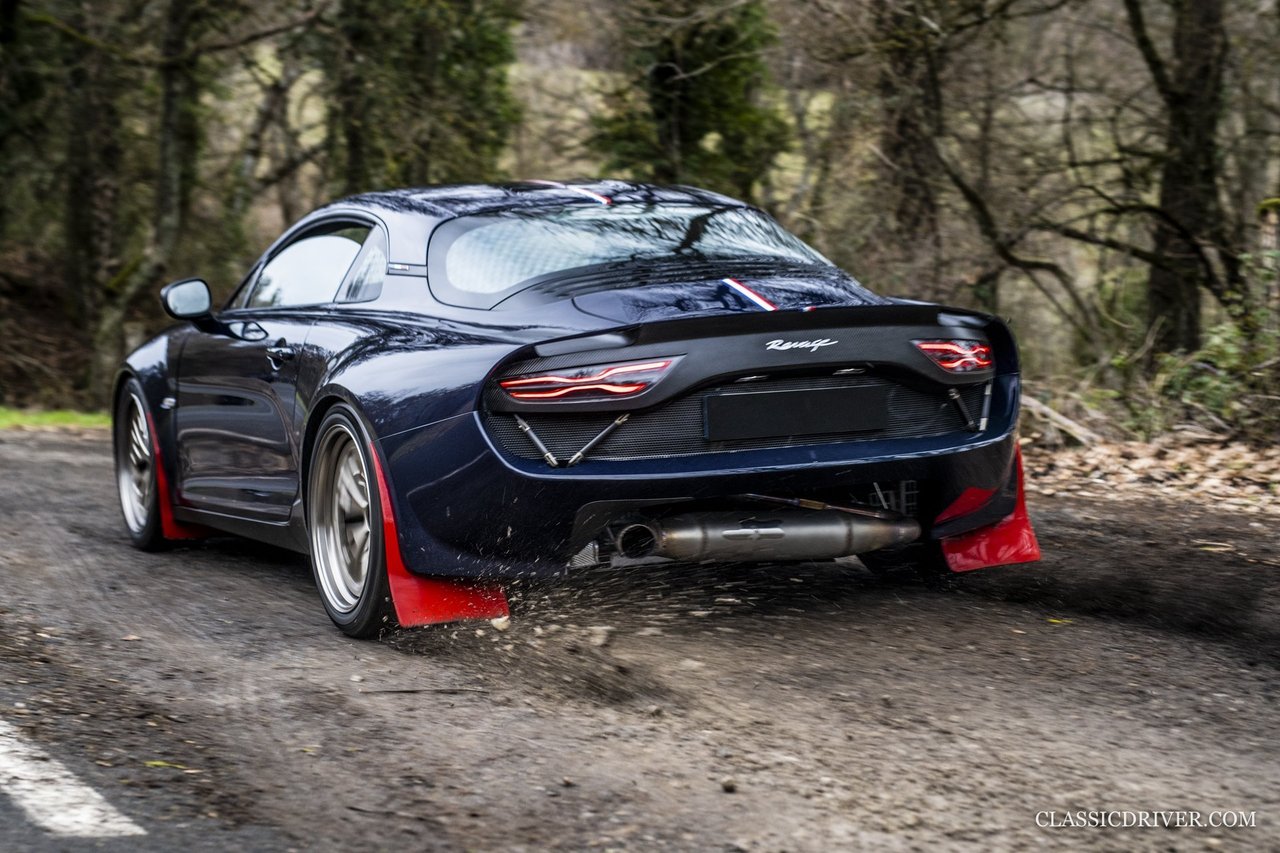
The Ravage has a strong ’80s look and feel, with its yellow lights, Cibie spots and wide arches, but this is no backyard fibreglass job: the trio decided from start that their project would be carried out to manufacturer standards. As Paul (not his real name) explains: “We applied the best standards by starting to design a sketch and templates. We then modelled half the car in clay before finally scanning it, so as to digitally rework the surfaces before machining soft foam moulds.
“For instance, we wanted the light on the wings to be perfect, so we worked a lot on their shapes until we were fully satisfied. We had to disassemble the donor car to install the wings, as working on the Alpine aluminium is very complex.” This very expensive process, fully financed by the trio, represents three years of work.
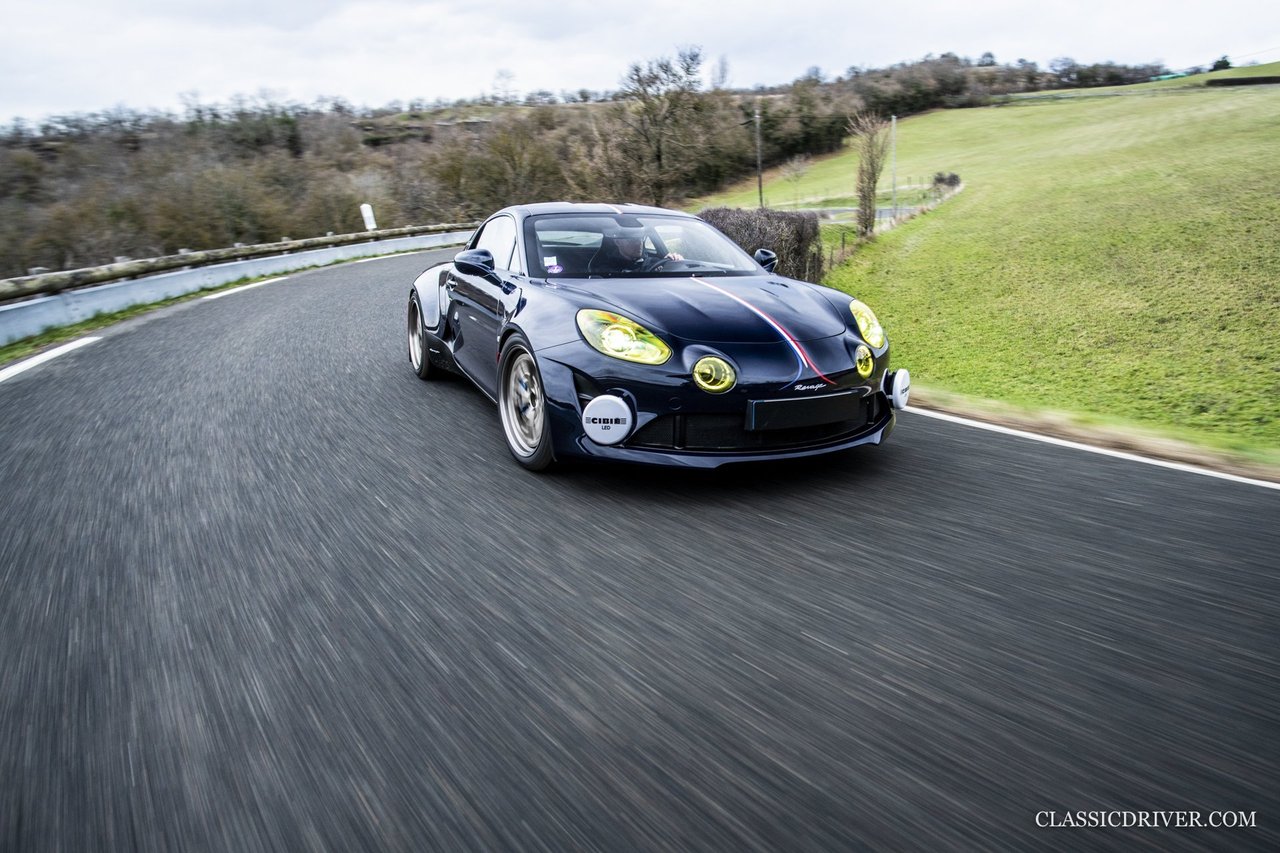
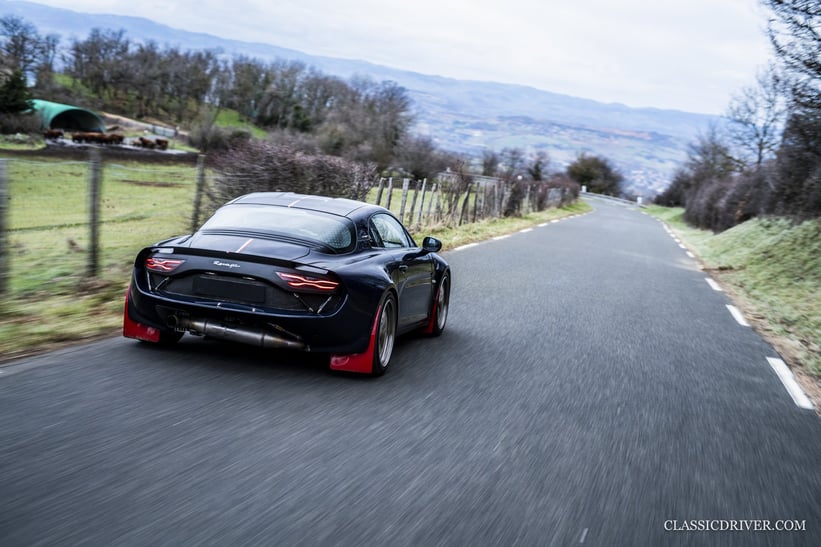
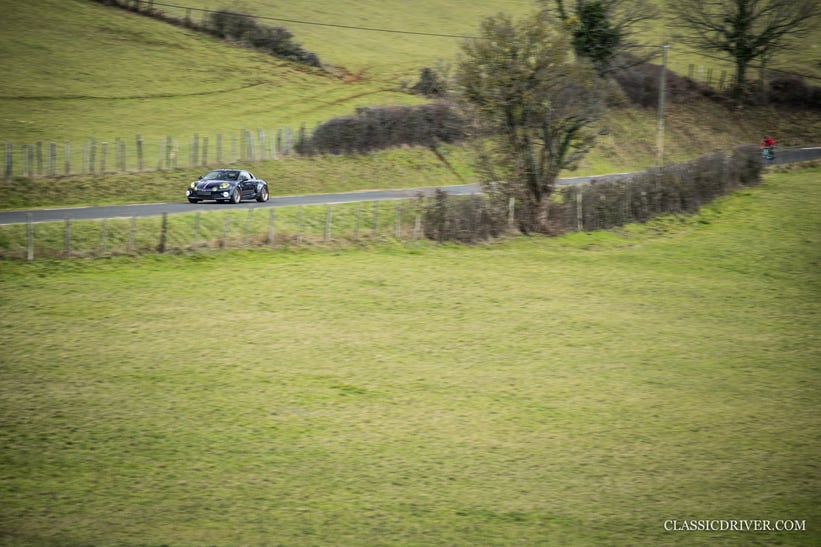
To save cost and time, the Alpine A110 donor car was purchased used with low mileage. Similarly, the trio also wanted to make sure that every Euro invested in the car had a purpose. For instance, while the rear wings are carbon, those at the front are fibreglass reinforced with carbon “because full carbon ended up being much more expensive without any real gain in terms of weight”. In the same respect, the interior, doors and bonnet are standard ones. Lastly, the car’s structural homologation elements such as the brakes and airbags have not been changed, so as to make registration easy.
The Ravage is almost a 100% ‘Made in France’ project, which required a very long sourcing process. For example, the wheels have been made to measure in aluminium with a stainless-steel veil by a company working with large manufacturers, the exhaust has been assembled by a former HRC Honda chief mechanic and the tyres are Michelin Pilot Sport Cup 2s.

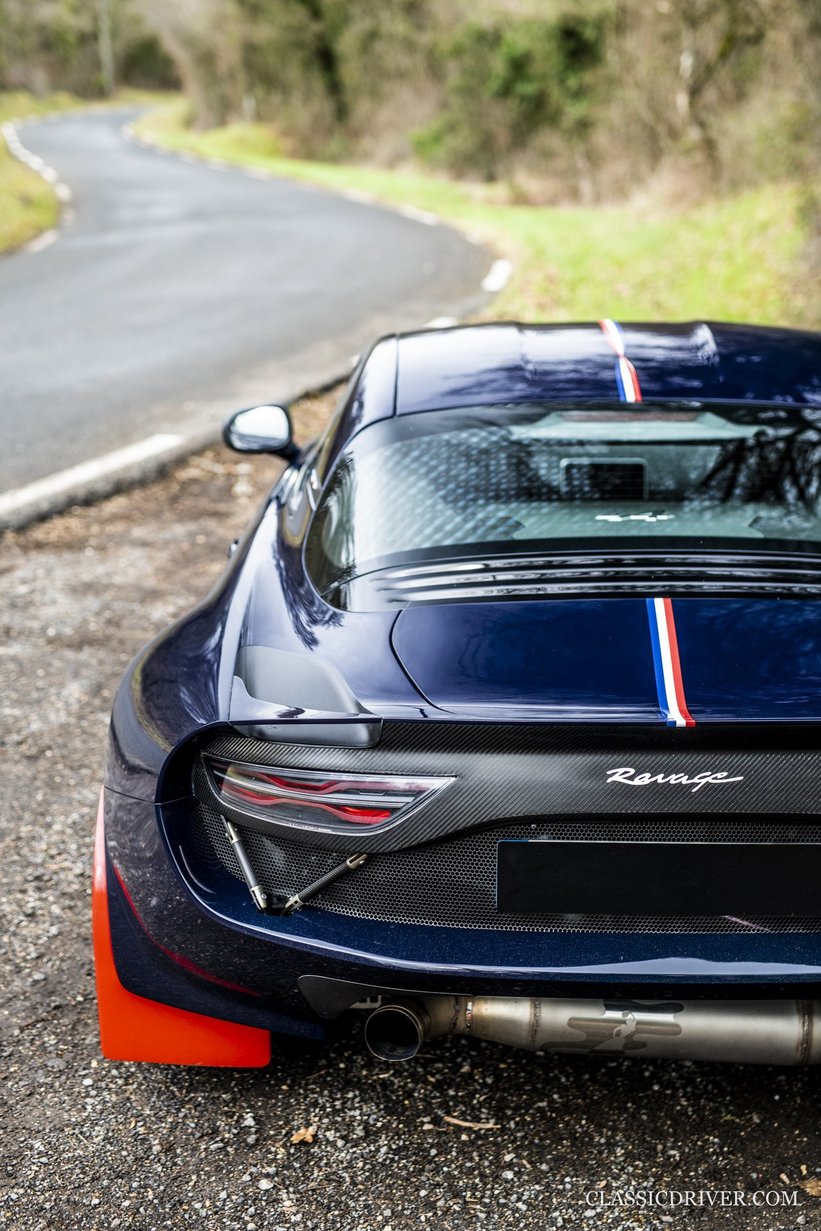
Some purely aesthetic elements actually took a very long time to find: “The aluminium honeycomb front grille took six months of research and is made in Europe and the shrouds under the decorative rear lights are made to measure in carbon.” The striking red mudflaps were directly inspired by rallying: “They’re reminiscent of the Lancia 037 Group B, a car we truly love. The same applies to the exhaust, which was inspired by the Lancia Stratos and the first generations of Alpine cars, of course.” In the company’s sketches, we noticed a 3D rendering of a very desirable Alpine Ravage wearing a Gitanes livery, which will speak to many rallying and Alpine enthusiasts.

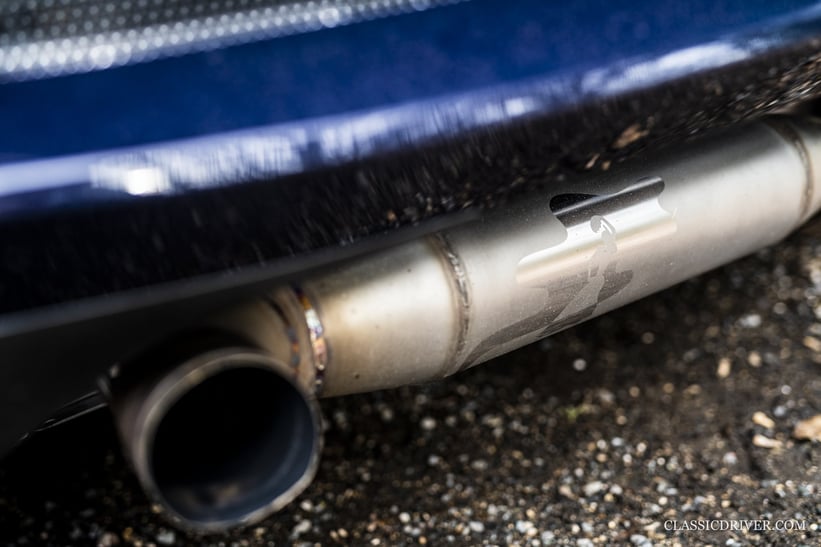

The car is finished in Pozzi blue – a colour chosen by the owner – and is by no means a show vehicle, with more than 3,000 kilometres already clocked up on the road. This has allowed for validation of the technical choices made by the trio. “The car is more precise and direct than the standard one thanks to its lower centre of gravity, two-way adjustable shock absorbers and increased track. It’s impressively precise.”

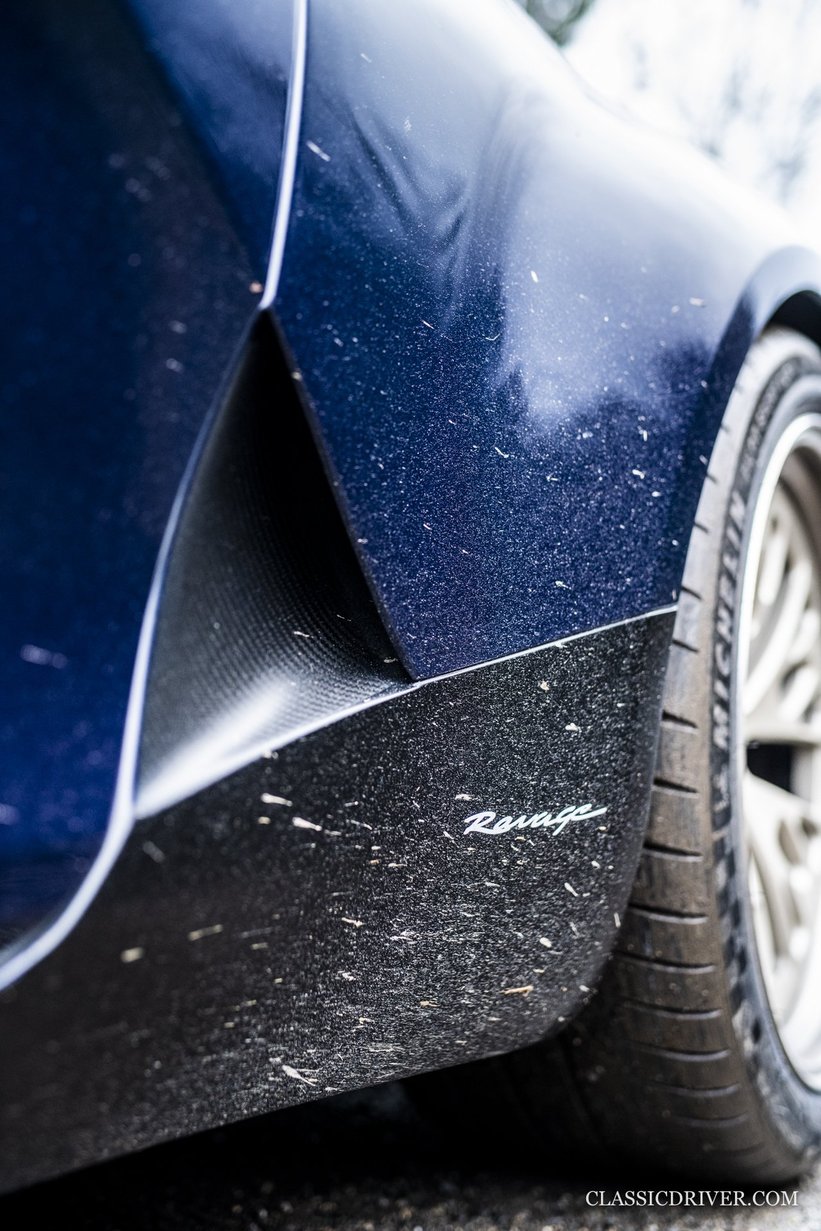
The Ravage engine has stayed almost standard, with some light tuning giving a bit more than 300 horsepower, against 290 for the standard car. The number-one priority was reliability and ease of use, but the team may go further in the future by working hand-in-hand with a French engine builder known as a master of the art of four-cylinder engine preparation.
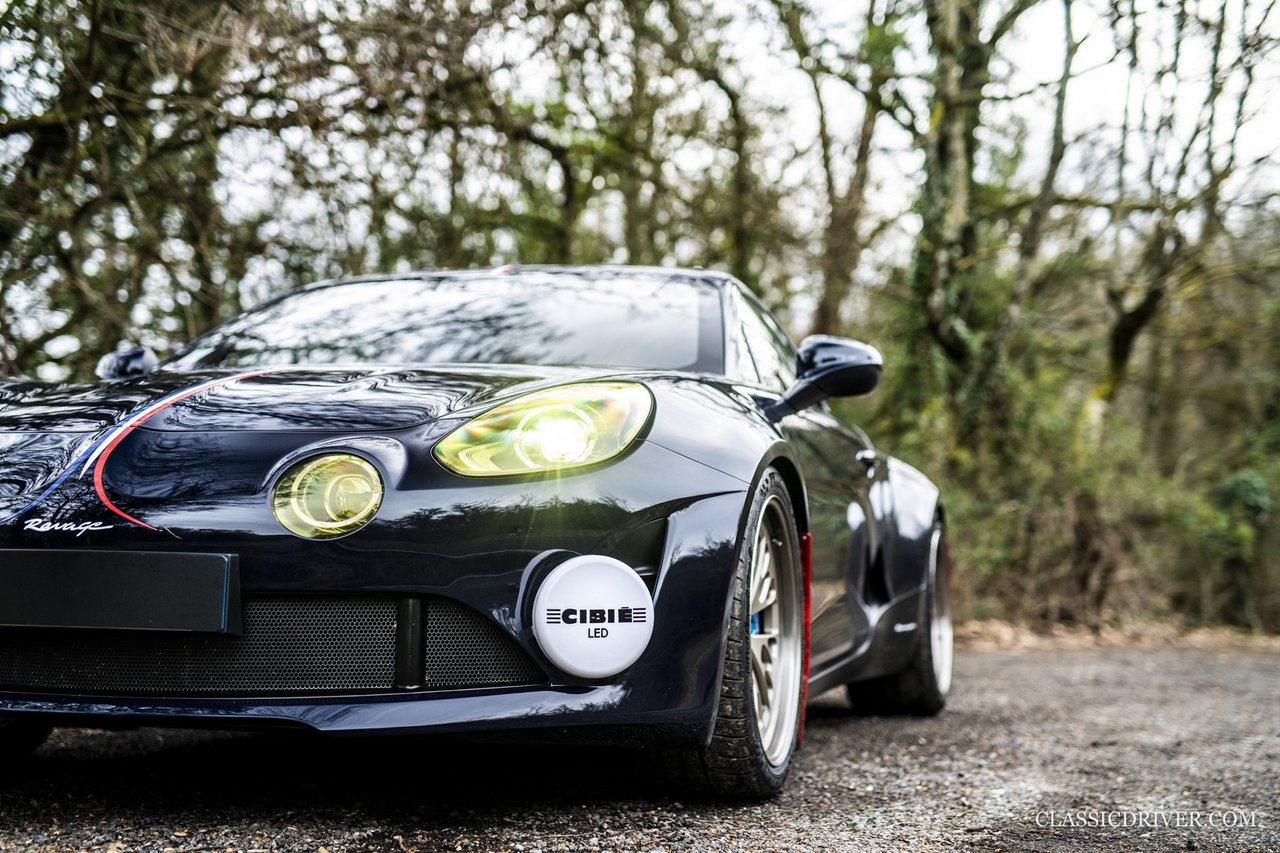
As the first car is being enjoyed by its lucky owner, the trio has a real desire to build more. As Paul says: “With this project, we’ve been driven only by our passion for extraordinary cars. It’s like the car chose us and we had to do it! But although this has started life as a one-off, we would of course happily do others. As you can imagine, once the moulds for the first car are done, both the cost and timeframe become much more reasonable for other cars. Three months maximum would be needed for a second one.” Finally, the ‘Ravagés’ are not opposed to establishing their name as an iconoclastic brand dedicated to designing and launching cars that are purely made for the pleasure of driving.
Photos: Rémi Dargegen © 2021


































